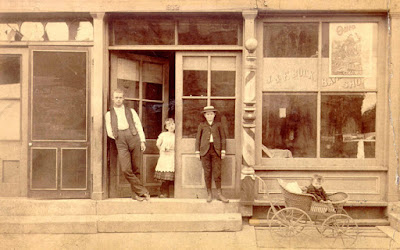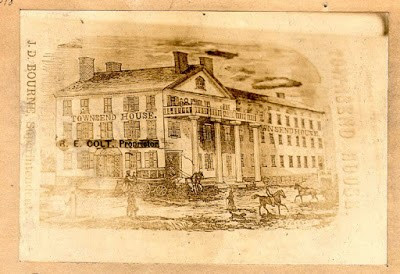There have been barbers for as long as history has been recorded. Razors have been found dating back to the Bronze Age, and shaving is mentioned in the Bible. In
Barbering was one of the few professions open to black men in the nineteenth century, so several shops in Sandusky were operated by African Americans. In the Firelands
Pioneer of July 1888 Rush Sloane
states that Grant Ritchie, an African American, opened the first barber shop in
Sandusky Sandusky
Mr. Lott’s advertisement appeared in The Daily Sanduskian on
January 31, 1851.
John Lott was among the several African American citizens of
Sandusky Follett
House Museum
Barber shops continue to thrive all over America

 this blog
this blog



































